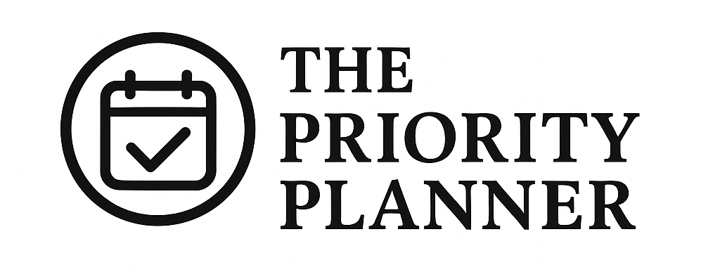The Steve Jobs Productivity Playbook
In today’s world, every desktop, inbox and calendar feels like a battleground of distractions and tasks blur together until nothing feels urgent or important. Steve Jobs recognised that clutter isn’t merely irritating—it can cripple creativity and focus. By treating every decision, task and meeting as either “signal” (high-value work that moves the needle) or “noise” (anything that dilutes your attention), he forged a productivity approach that drove many of Apple’s early success.
What Is “Signal-to-Noise” in Productivity?
Originally a technical measure in electronics, signal-to-noise ratio (SNR) compares useful information (signal) against background interference (noise). Jobs translated that into a daily mantra: elevate work that delivers real value, and ruthlessly strip away everything else. For him, the signal was the handful of tasks that directly advanced Apple’s core goals; noise was every extra meeting, email or feature that slowed momentum.
From the earliest days of the Macintosh to his return in 1997, Jobs forced his teams to focus on a tiny number of game-changing features rather than dozens of half-baked ideas. He believed that true innovation blossoms under constraints. By limiting each product cycle to maybe three “must-have” breakthroughs, Apple avoided the trap of incremental tweaks and ensured every line of code, every design sketch and every marketing slogan reinforced the core mission.
That same rigor applies to personal productivity. Before diving into emails or brainstorming new projects, take a step back and ask: what are the three outcomes that will truly move me forward today? Write them at the top of your notebook or calendar. Everything else—unless it directly serves those outcomes—should either wait or be delegated elsewhere.
Carving Out Focus in a Sea of Interruptions
Jobs was also a master of temporal boundaries. He scheduled deep-work blocks—time to hammer out code, refine user interfaces or craft keynote demos—during which he and his team silenced notifications and closed their doors. Outside those windows, quick check-ins on email, voicemail or Slack sufficed. By batching communication into defined slots, you preserve large uninterrupted spans for concentrated effort.
Equally important was his willingness to say “no.” When colleagues or partners proposed additional features, Jobs simply declined: “If it doesn’t make the user experience significantly better, it’s out.” Adopt that mindset by declining meeting invites without clear agendas or postponing tasks that don’t align with your top three priorities. A polite “I’m focused on these key goals right now” can be liberating.
Rather than holding out for perfection, Jobs championed lean iteration. Apple shipped the first iPhone without copy-and-paste or third-party apps—features that seemed obvious in hindsight but would have delayed launch. The idea was simple: deliver a streamlined core experience, gather real user feedback, then refine. In your work, draft a minimal version of your report, presentation or design mock-up. Share it early to validate the essentials, then sharpen what matters instead of piling on more “nice-to-have” details.
Embedding Signal-to-Noise in Your Routine
Start each morning by pausing before your inbox. Identify your hero task—the one piece of work that, once completed, will give the biggest boost to your goals. Tackle that before diving into any emails. As the day progresses, apply the “two-minute rule” selectively: if a quick task directly supports your hero task, do it immediately; otherwise, add it to a “noise” list to batch later or delegate. Use calendar blocks to demarcate deep-work versus communication, and stick to those boundaries religiously.
At week’s end, spend fifteen minutes reviewing progress. Celebrate the wins on your signal tasks and examine any commitments that turned out to be noise. Cancel or postpone those for next week. This weekly calibration ensures your focus remains sharp, not diluted by yesterday’s distractions.
A Culture of “No” Is a Culture of Yes
Jobs didn’t view “no” as rejection but as an enabler of excellence. By saying no more often to marginal ideas and low-impact work, you make room to say yes to breakthroughs. Prepare a simple script—“Thank you for flagging this, but I’m committed to these key priorities right now”—and use it freely. Over time, colleagues will learn to bring only their best, most aligned proposals to your table.
Steve Jobs’s genius wasn’t just in the products he co-created; it was in his singular commitment to clarity. By treating every decision through the lens of signal-to-noise, he transformed Apple from a struggling computer maker into one of the world’s most valuable companies. You can harness the same principle: define your vital few goals, guard your focus fiercely, iterate through elimination and learn to say no without guilt. When you amplify the signal and silence the noise, breakthroughs become not only possible, but inevitable.
